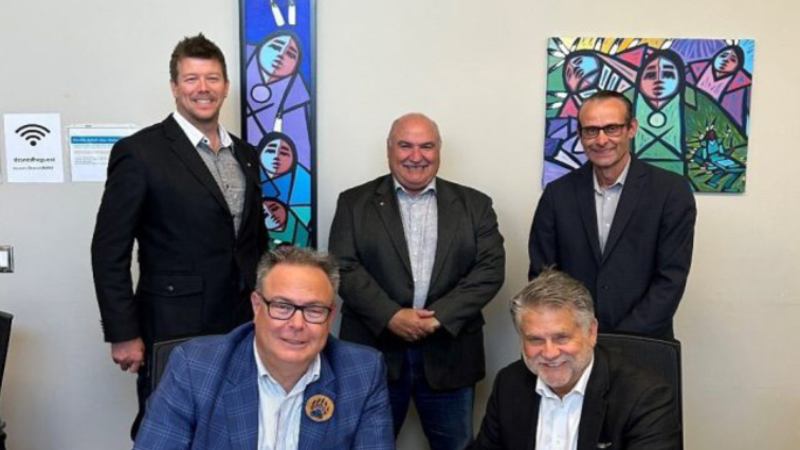
‘We can do better’: Public Safety Minister talks First Nations policing during visit to Sask.
The path towards more Indigenous police services in Saskatchewan took another step forward Monday.
In a special ceremony in Prince Albert, the Prince Albert Grand Council (PAGC) signed a Letter of Intent with the federal and provincial governments, starting a process that will help create new public safety initiatives for the PAGC’s member nations.
The Letter was signed by Grand Chief Brian Hardlotte, Federal Public Safety Minister Marco Mendicino, and Minister of Corrections, Policing and Public Safety for Saskatchewan Christine Tell.



